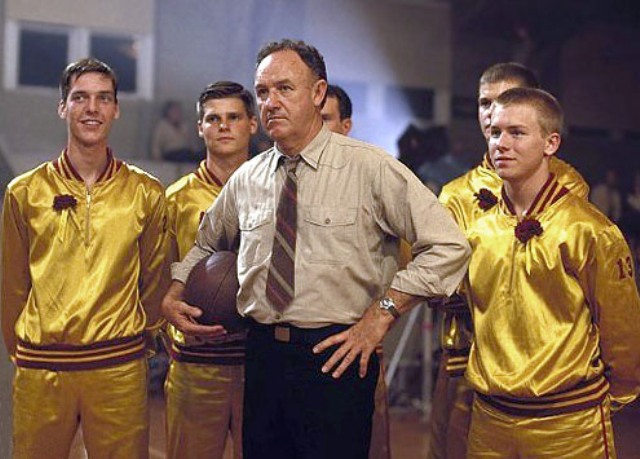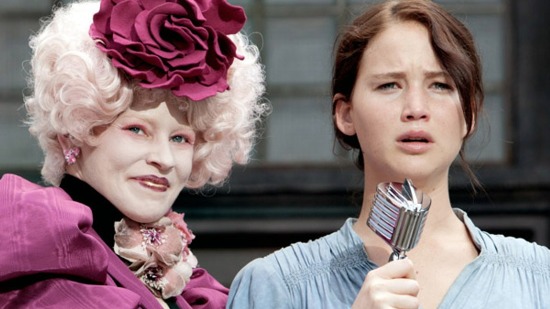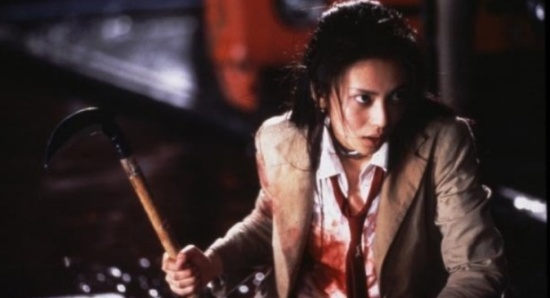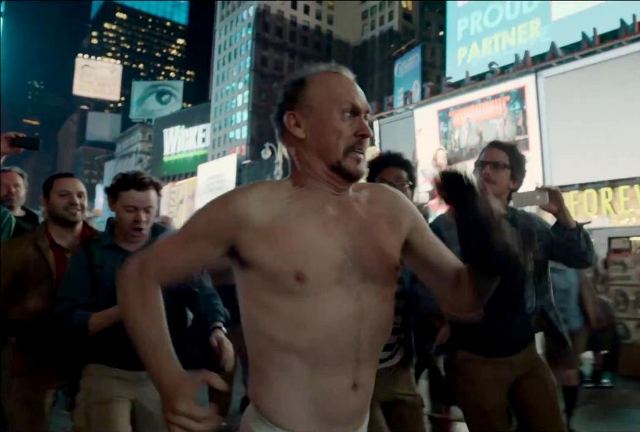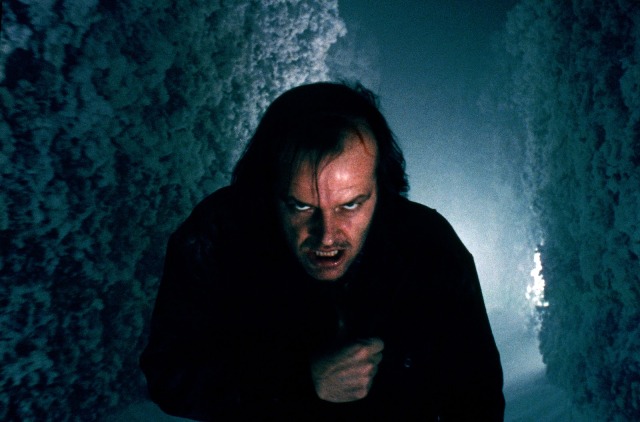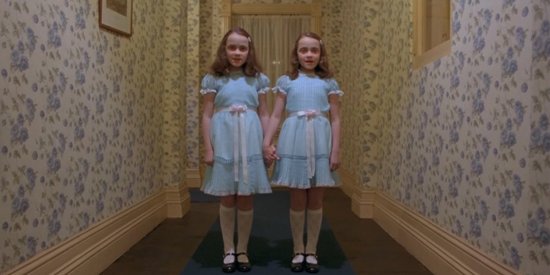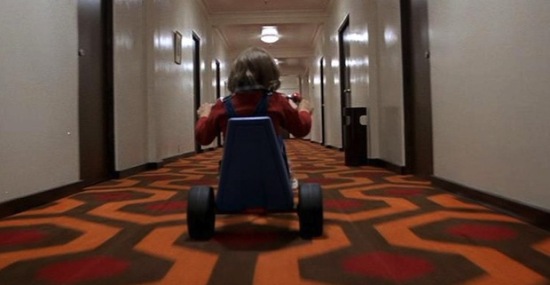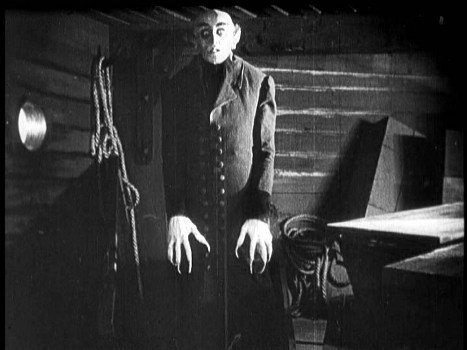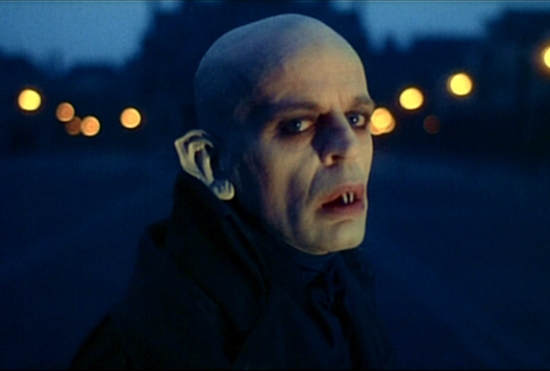The holiday season is unique because no other time of the year has inspired the setting for so many movies. Many of them are of course beloved classics, whether it be Frank Capra’s immortal It’s a Wonderful Life (1946), the classic Miracle on 34th Street (1948), or even a more recent classic like A Christmas Story (1983). And while most of these movies view the holiday with great reverence, there are also many Christmas movies that skewer the season’s traditions and still become classics, like 1987’s Scrooged or National Lampoon’s Christmas Vacation (1989). The reason why the Christmas season has such a strong cinematic history is because no other holiday touches so many lives every year, especially given the more secularized multicultural festivities that have arisen in the holiday through the years. Though still a distinctively Christian holiday, Christmas has become something bigger, affecting people of all religions and nationalities with charity, community and goodwill becoming the underlying meaning behind the festivities. Most great Christmas movies reflect this and many of them have found great new ways of telling these same lessons to us year after year. But, the Christmas season is also a colossal revenue maker for both Hollywood and the retail market, and sometimes those important meanings can be lost in favor of more superficial messages, aimed more at exploiting the holiday spirit rather than renewing it. That’s why you see so many Christmas movies that end up being more bad than good, because they care only about the bottom end, and not about the deeper, more complex meanings. And one movie this year managed to miss the mark so completely that it’s earned the distinction of being one of the worst movies of all time.
This movie in question comes from none other than former sitcom star turned fundamentalist Christian, Kirk Cameron. His new film Saving Christmas examines what Cameron and the filmmakers believe is a “War on Christmas,” which is the common complaint you hear this time of year when holiday traditions are banned in the name of equality and tolerance. And yeah, sometimes local governments can annoyingly overreach when they remove even the most harmless of Christmas symbols from public view, but Kirk Cameron believes that there is this vast conspiracy to suppress Christianity in America by secularizing the Christmas holiday. That’s the fundamental thesis behind his new movie Saving Christmas, which bears the tagline, “Putting Christ Back in Christmas.” Now, let me be clear, there’s absolutely nothing wrong with making a movie about Christmas that focuses on it’s religious roots. Hollywood has done that for many years with movies like The Bishop’s Wife (1947). Hell, you could even consider The Chronicles of Narnia: The Lion, the Witch, and the Wardrobe (2005) a positive Christian-themed holiday movie. But, there’s something horribly wrong and downright dangerous with what Kirk Cameron’s movie tries to say. In Saving Christmas, Cameron’s character confronts a religious skeptic who rightly states that many of the traditions we now associate with Christmas have been assembled together from cultures from around the world, helping to make the holiday more secular and more inclusive. Cameron disputes this in the movie, creating all these convoluted reasons as to why modern Christmas symbols are Christian in nature, disregarding all other cultural traditions. Cameron’s film tries to present it’s case as a positive affirmation of faith, but it instead turns into a narrow-minded proclamation of religious exceptional-ism, as if he believes that Christmas should be exclusively Christian.
It’s not surprising that this movie has been panned across the board by critics, and I don’t blame them. I grew up celebrating Christmas both in secular and religious ways and I gained very deep understandings of how both traditions have defined the holiday season, as well as being able to differentiate the two even from a young age. Kirk Cameron’s movie removes that differentiation in a way that unfortunately minimizes the significance of both. Case in point, his argument in the movie as to why Christmas trees are Christian and not a tradition usurped by the Church in it’s early years in order to appeal to Pagan followers (as History clearly states), is because Christ died on a cross, which is made of wood and therefore it is a tree. And by his logic, that is why we have a tree in our homes during Christmas. It’s convoluted and has no scriptural basis at all, and yet Kirk Cameron states this as being a fundamental truth behind the Holiday. I stress this again, I have no problem with Christmas movies that have a religious point-of-view. But at the very least, have a message that makes sense. This is the fundamental problem behind Cameron’s movie. His Christian world view is so narrow that it’s about starting at an end point and working backwards, disregarding any evidence that may override his claims. For him, Christian traditions trump Christian teachings, and there’s no part of scripture that he can’t rework towards his own ends. In Saving Christmas, it’s less about learning the lessons that Christ taught us about charity and goodwill towards others, and more about finding Biblical justification for shallow and gluttonous celebrations during the holiday season.
I may be coming off a little cranky and harsh towards Kirk Cameron and his movie, but it’s only because I view his film as something that’s deeply insulting as both a fan of the Holiday season, as well as a fan of cinema. Not only does Saving Christmas have a rotten message at it’s core, it’s also a poorly made movie as well. I don’t know much about filmmaker Darren Doane’s career as a director, other than what I’ve read on IMDb. He’s certainly become a go to guy for Kirk Cameron, as he’s directed the actor’s last few movies, but I’m not sure where he stands on the film’s message overall. He may have some directorial talent, but none of that shows up here. The movie seems to have been assembled together with little thought for set dressing, cinematography, or even script writing. It’s as if the concept behind the project dictated everything else, and the production was quickly slapped together in order to get this thing in theaters by the Christmas season. Don’t go into this movie expecting to see character development or a deeply involved plot. In fact, don’t go into it at all. Doane probably tried the best he could to make everything coherent, but I’m sure everything was overshadowed by Kirk Cameron’s choices as Producer. I put more of the blame on him, seeing as he wants us the audience to know that this is his project through and through, given that the full title is Kirk Cameron’s Saving Christmas. But, if you’re setting yourself up for all the attention, you’re also inviting yourself into all the criticisms as well, and Cameron’s film is certainly seeing a lot of that right now.
Saving Christmas has become a landmark film in the last few weeks, not because of it’s box office success (which has been modest surprisingly, because of the help of church-based audiences), but due to how universally panned it has become. Critical reception has been rough on this movie, with a dismal 0% on Rottentomatoes.com. And just last week, it earned the #1 spot on IMDb’s notorious Bottom 100. That means that it’s not just the worst movie of this year, it’s the worst movie EVER. Yes, worse than such cinematic gems like Birdemic (2010), From Justin to Kelly (2003), or even Baby Geniuses 2 (2004). But, I’ll give movies like Birdemic this; they’re actually hilarious to watch because of how bad they are. Saving Christmas is just infuriating. So, I can honestly say that no better movie is deserving of this dishonor than Saving Christmas. Unfortunately, Kirk Cameron’s movie is not without company as far as Christmas movies go. Christmas movies have become so abundant over the years, and very few of them are ever any good. Saving Christmas, in it’s short time in theaters, has managed to surpass them all on IMDb’s list, so that tells you something more about it right there. Even many Christian-centric film critics are distancing themselves from the movie, seeing as how strong the critical backlash to it’s messages have become. But, even as repulsive as Saving Christmas is compared to all the rest, there are still a great many hate-able Christmas movies out there, and it shows that even secular based holiday fare can be rotten.
What ultimately makes a bad Christmas movie is a complete lack of understanding about the holiday spirit and more of an emphasis on the shallower aspects of the season, like focusing on the decorations or the presents. That, or taking a traditional symbol of the season and just exploiting it for cheap gags or a convoluted message. I can’t tell you how many different movies have centered around Santa Claus and his antics at the North Pole, and how very few of them actually present him as a genuine character, instead of making him more than an icon. There’s also the dreaded Christmas themed comedies, which in recent years have more or less have just been trying to copy Christmas Vacation‘s formula and failing badly. Christmas Vacation hilariously lampooned traditional family Christmas festivities, but did it with the underlying appreciation of the season and the unity of family, as oddball as they may be. Other like-minded movies, like Deck the Halls (2006) and Christmas with the Kranks (2004) missed the mark completely by presenting no underlying message, and instead just came off as crude, mean-spirited, and superficial. Of course, one of the big problems with these bad Christmas films is that they always stress the commercial over the inspirational. Just look at movies like the Schwarzenegger dud Jingle all the Way (1996) or the made-for-TV The Christmas Shoes (2002), both which stress the importance of finding the right gift over anything else. The Christmas Shoes in particular shares the same awful message with Saving Christmas, stating that commercialism is a Christian value. Overall, there are many ways to make a horrible Christmas movie, and it ultimately comes from a lack of a moral and compassionate center.
This is especially terrible when the good message is right there in front of the filmmakers, and they refuse to actually use it. Case in point, the truly awful remake of Dr. Suess’ How the Grinch Stole Christmas (2000), directed by Ron Howard. The original book was a perfect expression of the Christmas Spirit, stating the need to look beyond the presents and the decorations, and instead celebrating the values of community, and the welcoming-in of outsiders. Animator Chuck Jones brilliantly brought this story to life in his 1966 animated adaptation, which added even more depth to the character of the Grinch (voiced by Boris Karloff) by showing how the Christmas spirit changed even his cold heart, making it grow three sizes on that day. It’s a beloved story and an equally loved animated short, both becoming standards of the season. Ron Howard’s remake, however, strips that away by instead putting more emphasis on style over substance. The movie adaptation devolves into merely a showcase for the art department as well for actor Jim Carrey’s comedic style (which is done under some admittedly impressive prosthetic makeup). But the message of Dr. Suess’ story is lost midst all the Hollywood splendor. What’s left is a movie that ultimately just rehashes all the negative aspects of the holiday, rather than stressing the good. And most offensively, it tries to relay an anti-commercial message while at the same time trying to develop a brand for itself in a very hypocritical way. It just shows that even a very secular take on the Christmas season can be shallow and rotten, especially when it departs from a well-laid foundation before it.
So, unfortunately like every other genre, Christmas movies have their own fair share of terrible entries. Also unfortunate is the fact that Hollywood seems so keen on making even more holiday “classics” every year without ever attempting to actually make them good. The Christmas season has it’s own attractive power, and Hollywood seems more content to exploit rather than renew the holiday spirit with anything new or original. Kirk Cameron seems to believe that his film is reclaiming a part of the holiday spirit, but I think his movie only adds to the problem. Christmas movies at their best touch the lives of people from all walks of life, filling them with universal feelings of hope and joy. Kirk Cameron only wants to reclaim the holiday for Christianity and ignore the multi-cultural contributions that have made the holiday so special to our modern society. What I find so peculiar about Cameron’s movie is how poorly it even sticks to it’s own principles. We see Kirk Cameron blast attempts to take the holiday season out of the public square, and yet by arguing that everything about the holiday should have a religious basis (even the things that don’t), he is actually trying to take the holiday away from even more people. Whether he likes it or not, Christmas is multi-cultural and a secular holiday in today’s culture, celebrated by Christians and non-Christians alike in all parts of the world. And I think that a Holiday that links everyone together in a positive way like this is something worth celebrating. Cameron thinks he’s being uplifting by championing the “Christ” in Christmas, but he instead is choosing to be greedy about the holiday, which is decidedly un-Christian. And that’s why his new movie is not the present you should be opening up this Christmas season.



